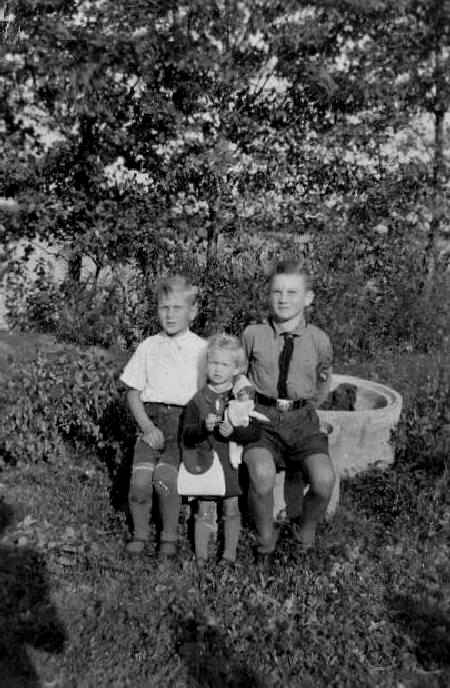
Figure 1.--Short pants begcame very popular in Germany after World War I. We see bpys wearing them with a wide range of hosiery, including long stockings, knee socks, and ankle socks. |

|
The type of pants probably had more impact on hosiery than any other garment. Here we have the complicating factor that it is difficult to tell what kind of hosiery boys in long pants are wearing. Boys commonly wore long stockings or knee sockswith knee pants. We see boys in short pants wearing quite a range of hosiery. This was affected by age, chronology, formality, as well as fmily and individual preferences. As long pants became mnore commn, boys mostly wore ankle socks, although some boys wore long stockings in cold weather. As tights were introduced in the late 1950s, we note various conventions. Younger boys might wear the with shorts, but lng pants were becoming more common. So some boys woe them with long pants. Tights introduced novel approaches. Boys in pre-school might wear them without pants (trousers). Even older boys at home might do the same. We note the same conventions in other countries where tights were worn like Russia. Boys also wore knee pants with various types of hosiery. We note long stockings, however, seem particularly common with knee pants. Ankle socks and tights were not worn with knee pants. Knickers were not as common for German boys, but they were worn, mostly with long stockings or knickers.
The type of pants probably had more impact on hosiery than any other garment. Here we have the complicating factor that it is difficult to tell what kind of hosiery boys in long pants are wearing. Boys commonly wore long stockings or knee sockswith knee pants. As long pants became mnore commn, boys mostly wore ankle socks, although some boys wore long stockings in cold weather. earing quite a range of hosiery. This was affected by age, chronology, formality, as well as fmily and individual preferences. As tights were introduced in the late 1950s, we note various conventions. Younger boys might wear the with shorts, but lng pants were becoming more common. So some boys woe them with long pants.
We note German boys wearing a variety of hosiery with short pants. We know more about the hosiery worn with short pants because it is easily observable in the photographic record. Determining what hosiery boys wearing long pants are is much more difficult because the hosiery is covered up.. We note boys wearing ankle socks, three-quarter socks, knee socks, long stockings, and tights. Long stockings and knee socks were very popular in the eary 20th century. We note ankle socks increasing in popularity during the 1950s. Tights were not commonly worn with shorts, largely because by the time tights appeared, short pants were becoming warm weather, casual wear. We do note tights being worn with shorts for sport. The popularity of these different types varied over time. We also note age and seasonal variations which also affected the type of pants worn. There were differences from family to family, but social class seems a minor factor, except for long stockings and children going barefoot. We see fewer German boys going barefoot, dxcept during the early 20th century and it was an indicator of poverty. A complicating factorwas the fact that mothers, aunts, and grandmoters often crocheted socks at home. These were commonly knee socks, but in many instances did not come up to the knee.
Boys also wore knee pants with various types of hosiery. We note long stockings, however, seem particularly common with knee pants. Ankle socks and tights were not worn with knee pants. Most German boys we have noted wearing kneepants in the mid-19th century wore long stockings, although because the kneepants were often quite long, it is difficult to assess the length of the stockings. We simply do not know how long the stockings were in many 19th century portraits. We notice white and stripped stockings at the time. We assume the boys were wearing long stockings, but given the long length of the kneepants, the stockings did not need to be very long. By the turn of the 20th century we can see boys weating both socks and stockings. We also note dark long stockings more commonly. We see white stckings in the 1860s. We are not sure what colors followed , but black stockings were standard by the 1890s. Boys also began wearing three-quarter stockings and kneesocks as well. The three-quarter socks were worn seasonally. There seems to have been an age factor. We do not yet notice the boys wearing ankle socks. And commercial tights were not yet developed.
Knickers were not as common for German boys, but they were worn, mostly with long stockings or knickers.
We see boys in short pants w Tights introduced novel approaches. Boys in pre-school might wear them without pants (trousers). Even older boys at home might do the same. We note the same conventions in other countries where tights were worn like Russia.
Navigate the Boys' Historical Clothing German pages:
[Return to the Main German hosiery clothing page]
[Return to the Main German hosiery page]
[German choirs]
[German movies]
[German royalty]
[German school uniforms]
[German youth groups]
[German sailor suits]
[Lederhosen]
[Ethnic]
[Tights]
[Long stockings]
Navigate the Boys' Historical Clothing Web Site:
[Introduction]
[Activities]
[Biographies]
[Chronology]
[Clothing styles]
[Countries]
[Bibliographies]
[Contributions]
[FAQs]
[German glossary]
[Images]
[Links]
[Registration]
[Tools]
[Boys' Clothing Home]
